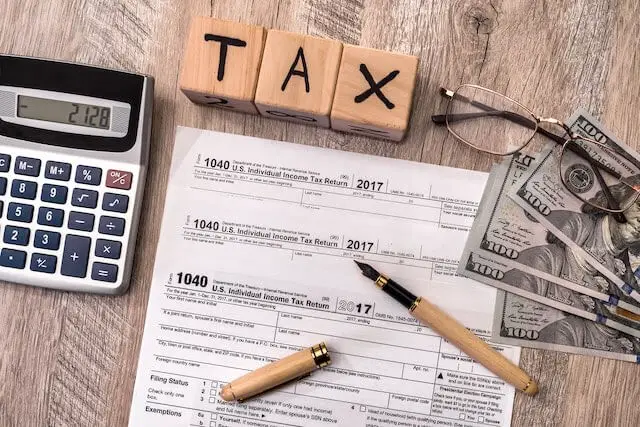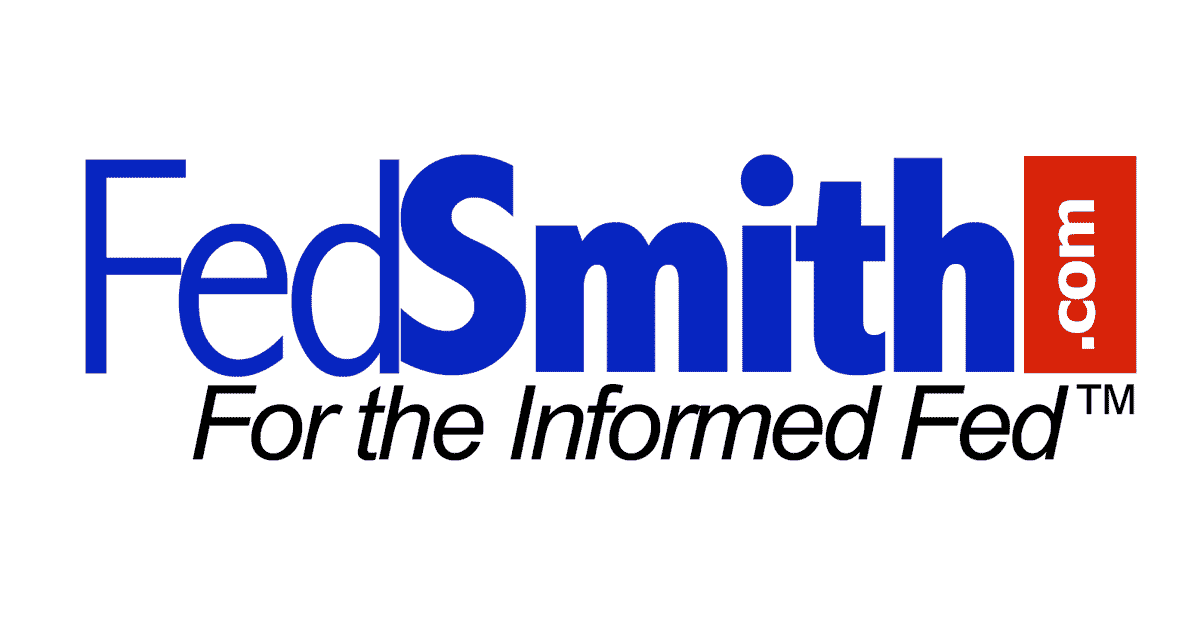As a federal employee, planning for retirement includes understanding how to manage taxes effectively. Whether you are currently working or retired, implementing smart tax strategies can help you keep more of your hard-earned money.
This guide outlines some of the best tax-saving strategies for federal employees, with a particular focus on TSP withdrawals, Roth conversions, charitable contributions, and relocating to tax-friendly states.
Managing TSP Withdrawals to Minimize Taxes
Your Thrift Savings Plan (TSP) is one of the most valuable retirement accounts available to federal employees. However, how and when you withdraw money from your TSP can significantly impact your tax liability.
Consider Timing Your Withdrawals
If you are separated from federal service and at least 59 ½ years old, you can begin withdrawing money from your TSP without early withdrawal penalties. However, taking large withdrawals in a single tax year can push you into a higher tax bracket and increase your Medicare premiums.
For instance, if you plan to withdraw $40,000 from your TSP for a major purchase, you may end up paying more in taxes if that pushes your taxable income into a higher bracket. Instead, withdrawing $20,000 in one year and $20,000 in the following year could help you stay in a lower tax bracket and reduce your overall tax bill.
Understanding Medicare Implications
For 2025, Medicare Part B premiums increase if your modified adjusted gross income exceeds $106,000 for single filers or $212,000 for married filers. Managing TSP withdrawals carefully can help keep your income below these thresholds and reduce your Medicare costs.
2025 Medicare Part B Premiums
| If your yearly income in 2023 (for what you pay in 2025) was | You pay each month (in 2025) | ||
|---|---|---|---|
| File individual tax return | File joint tax return | File married & separate tax return | |
| $106,000 or less | $212,000 or less | $106,000 or less | $185.00 |
| above $106,000 up to $133,000 | above $212,000 up to $266,000 | Not applicable | $259.00 |
| above $133,000 up to $167,000 | above $266,000 up to $334,000 | Not applicable | $370.00 |
| above $167,000 up to $200,000 | above $334,000 up to $400,000 | Not applicable | $480.90 |
| above $200,000 and less than $500,000 | above $400,000 and less than $750,000 | above $106,000 and less than $394,000 | $591.90 |
| $500,000 or above | $750,000 or above | $394,000 or above | $628.90 |
Best TSP Withdrawal Options
- Lump-Sum Withdrawal: Not recommended, as it can lead to a large tax burden in a single year.
- Purchasing an Annuity: Provides lifetime income but eliminates access to your funds and limits flexibility.
- Partial Withdrawals: Allows for tax-efficient planning.
- Periodic Payments: A preferred option for tax efficiency and flexibility.
Roth Conversions: Reducing Future Tax Burdens
Converting a portion of your traditional TSP or IRA to a Roth account can be a powerful tax-saving strategy. Since Roth withdrawals are tax-free in retirement, converting some of your funds when your tax rate is low can help you save in the long run.
When to Consider a Roth Conversion
- Early Retirement Years: If you have little or no earned income, converting traditional retirement funds to Roth accounts at a lower tax rate can be advantageous.
- Before Required Minimum Distributions (RMDs) Start: Once RMDs begin at age 73, your taxable income may increase, making Roth conversions less appealing.
By gradually converting traditional retirement funds into Roth accounts, you can potentially reduce future RMDs and lower your taxable income in retirement.
Charitable Contributions: Maximizing Tax Deductions
If you are charitably inclined, leveraging tax-efficient giving strategies can help reduce your tax burden while supporting your favorite causes.
Qualified Charitable Distributions (QCDs)
In 2025, if you are 70 ½ or older, you can donate up to $108,000 annually from your IRA directly to a qualified charity. This approach keeps the donation from being counted as taxable income while satisfying your RMD requirement.
Bunching Charitable Contributions
The standard deduction is high ($30,000 for married couples filing jointly in 2025), making it challenging for many taxpayers to itemize deductions. To maximize tax benefits:
- Donate two or more years’ worth of contributions in one year to exceed the standard deduction threshold.
- Use a donor-advised fund (DAF) to bunch donations while distributing funds to charities over time.
For example, donating $40,000 in a single year instead of $20,000 per year for two years could allow you to itemize deductions and save on taxes.
Moving to a Tax-Friendly State
Where you live in retirement significantly impacts your tax burden. Some states do not tax retirement income, while others have high income taxes on pensions, Social Security, and TSP withdrawals.
Tax-Free States for Retirement
States that do not tax earned income or retirement withdrawals include:
- Florida
- Texas
- Nevada
- South Dakota
- Washington
- Wyoming
- Alaska
If relocating is an option, moving to a tax-friendly state can help reduce your tax liability significantly. *Please note: Although these states don’t tax retirement withdrawals, your retirement withdrawals will still be taxable on the federal side.
Final Thoughts: Be Proactive to Reduce Taxes
As a federal employee, careful tax planning can help you maximize your retirement income. By strategically managing TSP withdrawals, considering Roth conversions, leveraging charitable deductions, and evaluating state tax implications, you can significantly reduce your tax burden and keep more money in your pocket.
Consulting with a financial advisor or tax professional who specializes in federal retirement benefits can ensure you optimize these strategies to fit your unique financial situation. Remember, smart tax planning today leads to more financial freedom in retirement. Feel free to check out our services and schedule a meeting with us.



